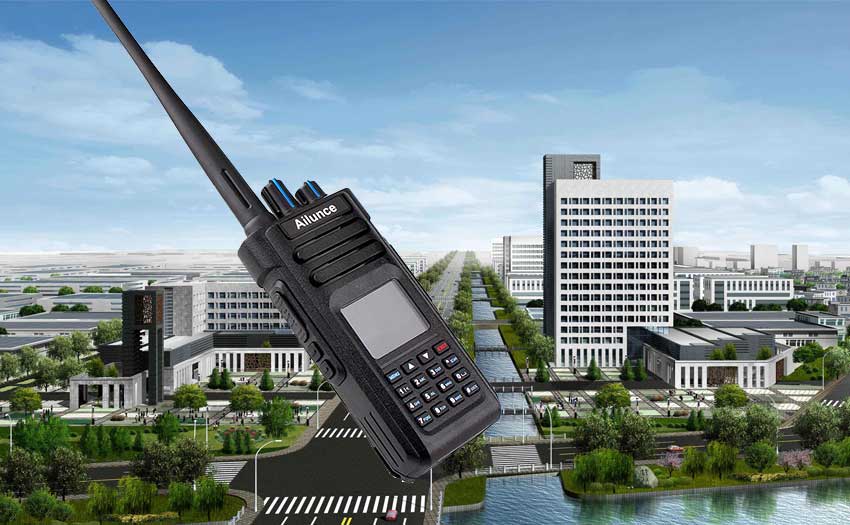+86 15093323284 hams@ailunce.com
How Far Can the Walkie-Talkie Communicate?

How Far Can the Walkie-Talkie Communicate?
Sometimes the new ham may ask how far a certain model of walkie-talkie can communicate? To be honest, every time you are asked this question, there will be a feeling that it is difficult to explain. It also shows that the HAM does not understand the walkie-talkie. So how far can the walkie-talkie communicate, how should we answer? Today we will briefly talk about the distance of the wireless communication.
Why it is a little difficult to answer this question?
That's because in the wireless communication profession, there is no "distance" technical parameter. There are too many factors that can affect the wireless signal propagation distance. Common radio frequency is 136-174mHz,400-480mHz. This two frequency band is also the range of frequency allowed by national law to be use by individuals or units. Under normal circumstances, these two frequencies are linearly transmitted. The sea is an ideal communication environment for radio intercoms on the earth. Generally, there are no obstacles and little interference, but in reality, it is only possible to communicate about 20 miles to hold a walkie-talkie at sea. It is because the earth is round, and it is too far apart to be blocked by the sea. (So put the antenna higher, the farther the communicate distance will be)
Obstacle is the most influential factor in signal propagation distance when used in cities. The actual communicate distance of a walkie-talkie with a power of 5W in the city is generally only in the range of 2 to 5 kilometers. In high altitudes, more buildings, or relatively sealed rooms, the communicate distance will be shorter. However, when there is a system base station support, the talk range of the walkie-talkie can reach more than ten kilometers or even tens of kilometers (if both walkie-talkies are high, it can reach more than ten kilometers). At the same time, VHF and UHF have different calling characteristics due to different frequency characteristics. UHF frequency is better in penetration, and diffraction is worse than VHF, so it is more suitable for urban use. On the contrary, due to lower VHF frequency, diffraction Better, poor penetration is more suitable for the plain area.
The 0.5W walkie-talkie sold on the market, the manufacturer's nominal maximum communicate distance is 3 kilometers. In fact, this communicate distance is only a theoretical calculation data. It is based on the transmit power, which means that the 0.5W walkie-talkie has no obstacles, maximum communicate distance without electromagnetic interference. In actual use, because the environment in which the user is located is different, the background noise is large and small, and the electromagnetic interference is strong and weak, so the actual communicate distance is generally less than 3 kilometers. Many new HAMs often mistakenly think that they can be used in the city when they buy a walkie-talkie. The communicate distance can reach 3 kilometers. This is not possible! It is impossible for any manufacturer to predict the user's use environment, and it is impossible to give the actual call distance.
So when it comes to the problem of distance (straight distance in the city), I think this answer is the most objective: handheld walkie-talkie: 5W walkie-talkie: 2000-5000 meters; 2W walkie-talkie: 1000-3000 meters; 0.5W civilian walkie-talkie: 200-1500 meters; car radio (usually around 25 watts): 5-15 km.
When there is network support, that is, when a relay station or a cluster network is installed, the communication distance can be greatly increased.











